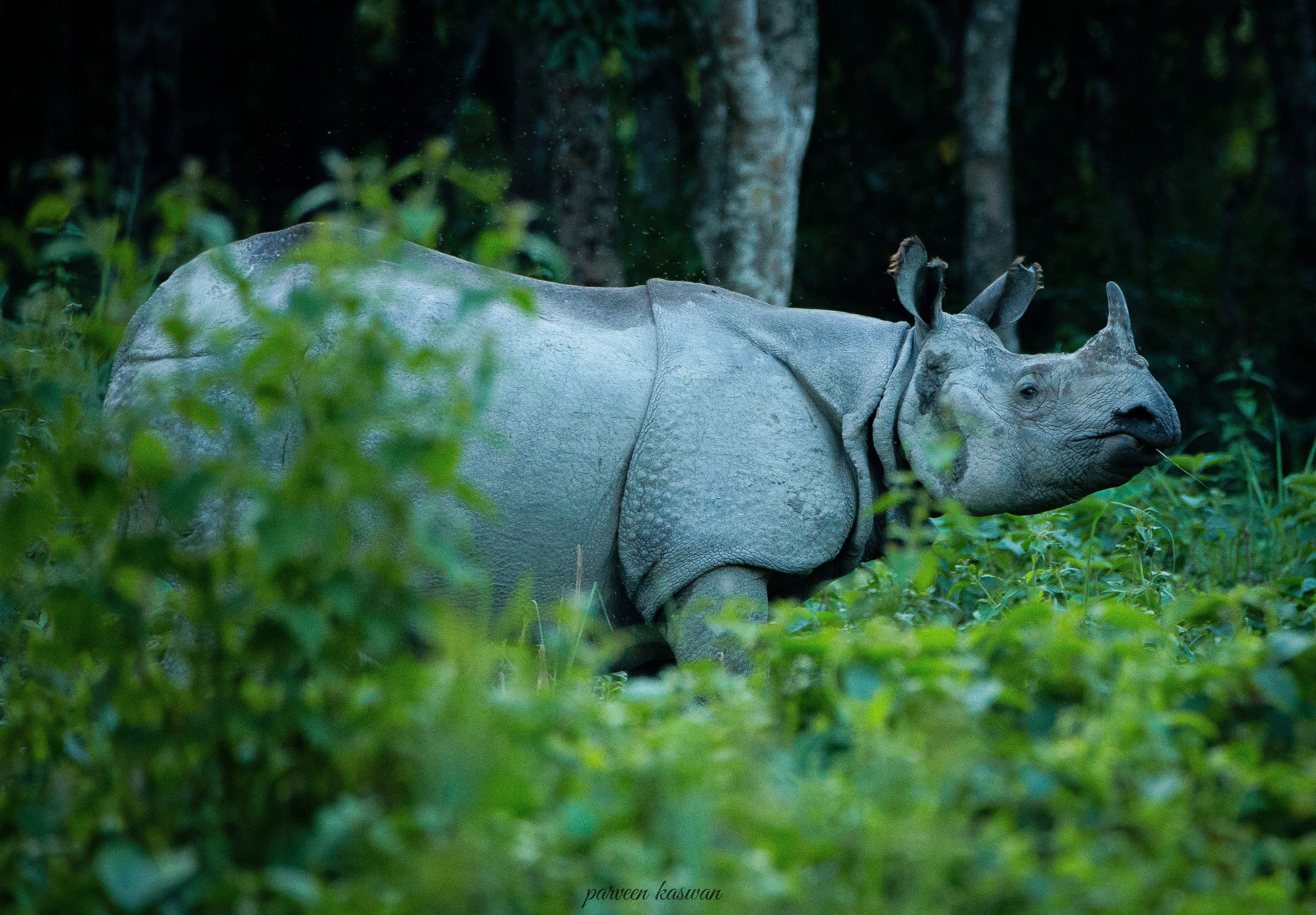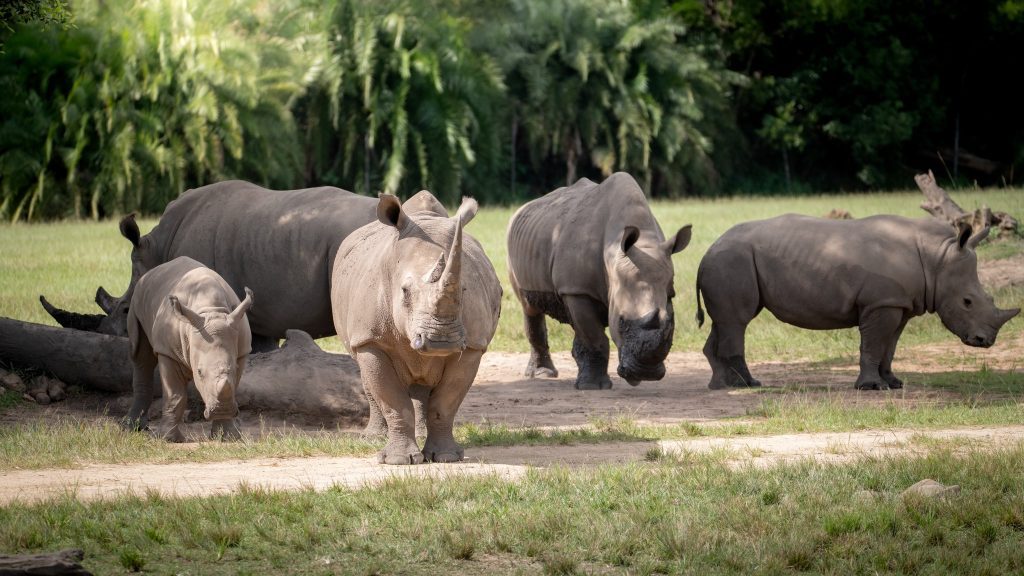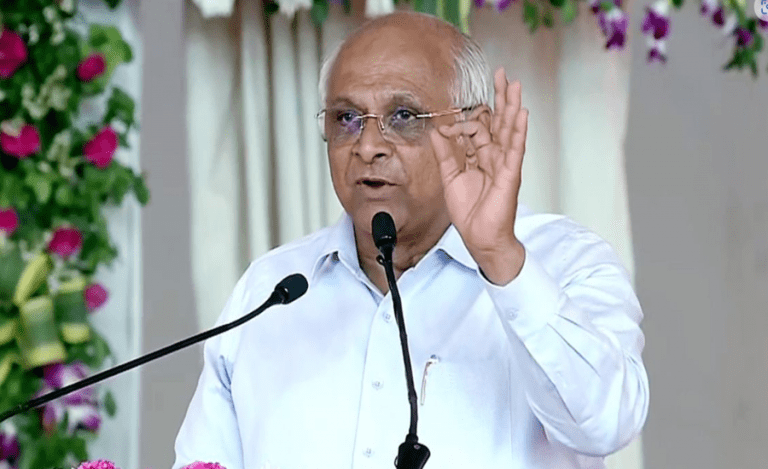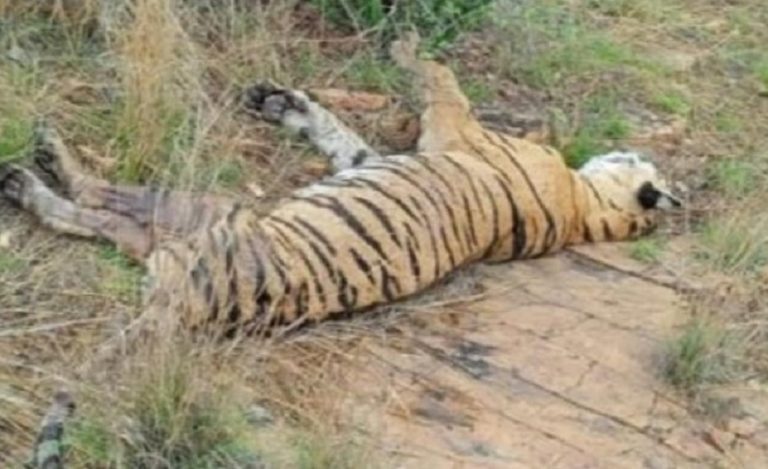Assam observed World Rhino Day by publicly burning around 2,500 rhino horns near Kaziranga National Park, sending out a strong message to poachers and illegal wildlife traders that killing rhinos for their horns would not be tolerated. Rhino horns sell for whooping sums in the black markets because of a myth surrounding them that they can cure certain ailments. Because of this false belief, Kaziranga has been witness to rampant rhino poaching over the years. In order to end this crime and make Kaziranga a safe haven for the rhino, the Assam forest department decided to observe the day dedicated to rhino in a unique way.
KEEP THE FIVE ALIVE
This year marks the 10th anniversary of World Rhino Day. The day is being observed all around the country to raise awareness about the need to preserve the natural habitat of rhinocerous. The theme this year is ‘Keep The Five Alive’ – the five different types of rhino found in the world, i.e. black, white, greater one-horned, Sumatran and Javan. All five are on the edge of extinction because of poaching, loss and destruction of natural habitat and climate change. In fact, the one-horned rhino, also known as the Indian Rhino, which is found in Kaziranga, is listed as vulnerable species.
UNIQUE STEP
The Assam forest department’s unique way of commemorating rhino day by mass burning of rhino horns was successfully completed in a special ceremony at Bokakhat, in Golaghat district, near Kaziranga National Park and Tiger Reserve (KNPTR). This one-of-its-kind ceremony is Asia’s biggest such exercise. Nowhere else had such a huge cache of horns been burnt at one single time. As many as six giant gas furnaces, each with three tiers, were in place to burn these horns which had been kept in safe custody for years.

The Chief Wildlife Warden of Assam, Mr. MK Yadava, said, “It is a message to the poachers and smugglers, a loud and clear message, that such items have no value.”
NEED TO DEVELOP NEW RHINO HABITATS
Speaking to INDIAN MASTERMINDS, former Director of Corbett Tiger Reserve and DIG of NTCA, Mr. Surender Mehra said, “Many steps have been taken in Assam for the conservation of rhinos and they are all quite satisfactory. However, if we talk about the overall conservation of rhinos, we have to develop new areas as rhino habitats. Few years ago, we were successful in building a second home for rhinos in Dudhwa National Park by translocating two male and three female rhinos, and as of now they are doing very well in a population of 42 rhinos.”

He also added that there are many terai areas that have been left out, which can be identified and developed for rhino conservation. The Valmiki National Park and the Terai East Forest area in Uttarakhand can be considered as very good potential habitats for rhinos, he pointed out. According to ‘Save the Rhino International’, there are now less than 29 thousand rhinos left in the world, compared to 5 lacs at the beginning of the 20th century. The decreasing numbers speak for themselves how urgent the situation is. Twitter was abuzz, today, with conservationists and senior forest officials tweeting in support of the Assam rhino horns burning programme, a sign that people are in support of zero tolerance towards the illegal wildlife trade in order to save our rhinos.





























